Rubinstein-Taybi syndrome: clinical features, genetic basis, diagnosis, and management, Italian Journal of Pediatrics
Por um escritor misterioso
Last updated 03 junho 2024
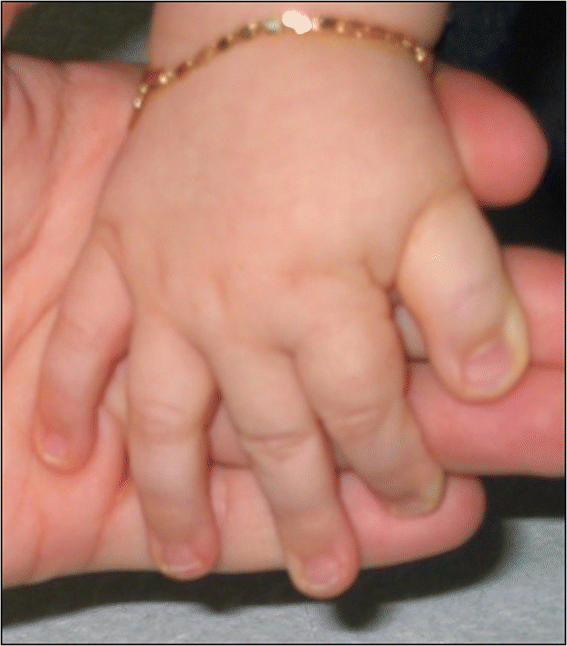
Background Rubinstein-Taybi syndrome (RSTS) is an extremely rare autosomal dominant genetic disease, with an estimated prevalence of one case per 125,000 live births. RSTS is characterized by typical facial features, microcephaly, broad thumbs and first toes, intellectual disability, and postnatal growth retardation. However, no standard diagnostic criteria are available for RSTS. In this review, we summarized the clinical features and genetic basis of RSTS and highlighted areas for future studies on an appropriate diagnostic protocol and follow-up care for RSTS. Discussion RSTS is primarily characterized by delayed growth in height and weight, microcephaly, dysmorphic facial features, and broad thumbs and big toe. Over 90% RSTS individuals with disabilities survive to adulthood, but healthcare for these patients is particularly complex, time-consuming, and costly. In addition, no standard diagnostic criteria and follow-up care guidelines are available for RSTS. It has been shown that mutations in the genes encoding the cyclic-AMP-regulated enhancer binding protein (CREBBP) and the E1A-binding protein p300 (EP300) contributed to the development of RSTS. Therefore, genetic tests are useful for the diagnosis of RSTS, although most RSTS cases are currently diagnosed based on clinical features. Summary The clinical features of RSTS have been extensively studied, which significantly contributes to the diagnosis of this extremely rare syndrome. However, the pathogenesis and genotype-phenotype associations of RSTS are largely unknown. Therefore, multicenter studies and international cooperation are highlighted for better understanding of this disease, establishing standard diagnostic criteria, and providing professional management and follow-up care of RSTS.

PDF) Rubinstein-Taybi syndrome: Clinical features, genetic basis

PDF) Rubinstein-Taybi syndrome medical guidelines
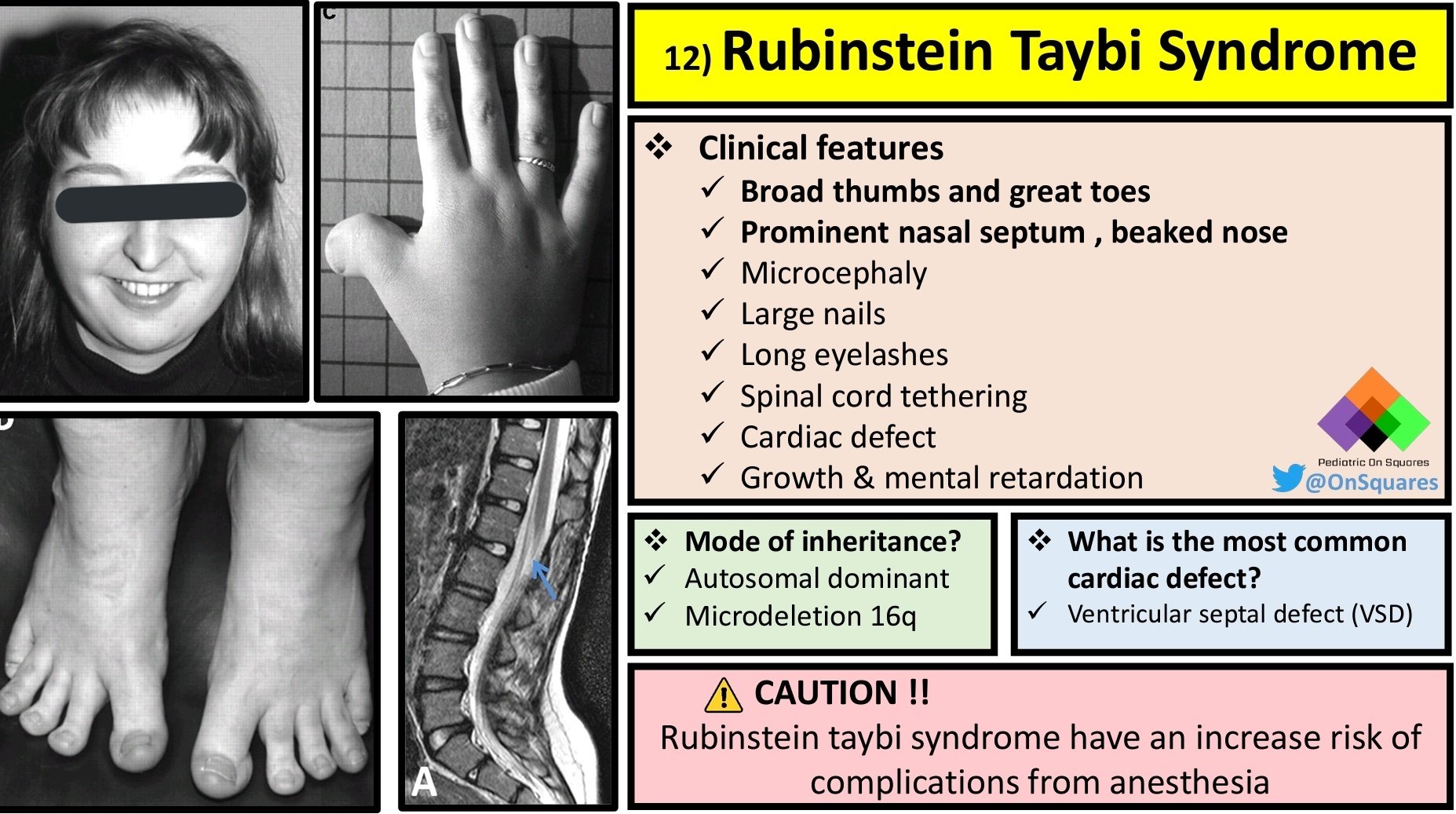
Pediatric on Squares on X: Rubinstein Taybi Syndrome #Pediatric

Clinical photos of the patients. (a) Case 1: Dysmorphic facial

PDF) Rubinstein-Taybi Syndrome: A Model of Epigenetic Disorder

PDF) Rubinstein-Taybi syndrome in diverse populations

Rubinstein–Taybi syndrome - Wikipedia

PDF] Rubinstein-Taybi Syndrome: A Case Report

Clinical characteristics of present cohort of patients with

Genes, Free Full-Text

Nephrotic syndrome in a case of Rubinstein Taybi syndrome: a rare

PDF) Rubinstein-Taybi syndrome with scoliosis treated with single
Recomendado para você
-
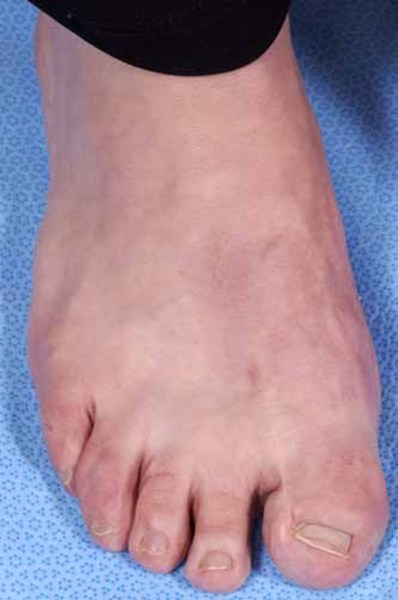 Rubinstein-Taybi syndrome: MedlinePlus Genetics03 junho 2024
Rubinstein-Taybi syndrome: MedlinePlus Genetics03 junho 2024 -
 Rubinstein-Taybi Syndrome 2 disease: Malacards - Research Articles, Drugs, Genes, Clinical Trials03 junho 2024
Rubinstein-Taybi Syndrome 2 disease: Malacards - Research Articles, Drugs, Genes, Clinical Trials03 junho 2024 -
 PDF) Rubinstein-Taybi Syndrome: A Model of Epigenetic Disorder03 junho 2024
PDF) Rubinstein-Taybi Syndrome: A Model of Epigenetic Disorder03 junho 2024 -
 Rubinstein-Taybi Syndrome - an overview03 junho 2024
Rubinstein-Taybi Syndrome - an overview03 junho 2024 -
 PDF) Prevalence of Immunological Defects in a Cohort of 97 Rubinstein–Taybi Syndrome Patients03 junho 2024
PDF) Prevalence of Immunological Defects in a Cohort of 97 Rubinstein–Taybi Syndrome Patients03 junho 2024 -
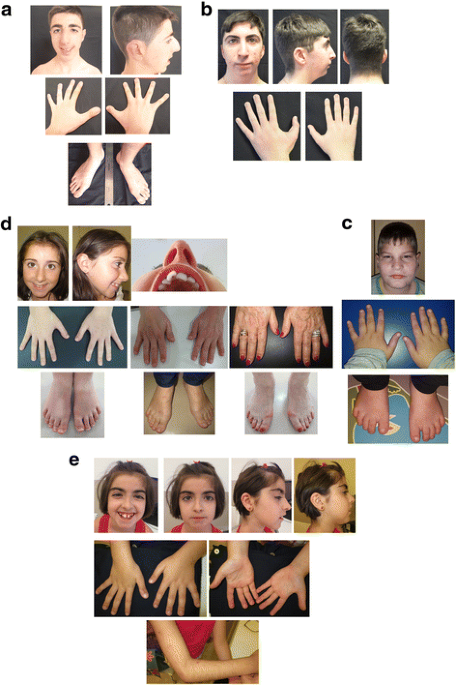 Rubinstein-Taybi 2 associated to novel EP300 mutations: deepening the clinical and genetic spectrum, BMC Medical Genetics03 junho 2024
Rubinstein-Taybi 2 associated to novel EP300 mutations: deepening the clinical and genetic spectrum, BMC Medical Genetics03 junho 2024 -
 CREBBP and EP300 mutational spectrum and clinical presentations in a cohort of Swedish patients with Rubinstein–Taybi syndrome - Wincent - 2016 - Molecular Genetics & Genomic Medicine - Wiley Online Library03 junho 2024
CREBBP and EP300 mutational spectrum and clinical presentations in a cohort of Swedish patients with Rubinstein–Taybi syndrome - Wincent - 2016 - Molecular Genetics & Genomic Medicine - Wiley Online Library03 junho 2024 -
 Rubinstein–Taybi syndrome in diverse populations - Tekendo‐Ngongang - 2020 - American Journal of Medical Genetics Part A - Wiley Online Library03 junho 2024
Rubinstein–Taybi syndrome in diverse populations - Tekendo‐Ngongang - 2020 - American Journal of Medical Genetics Part A - Wiley Online Library03 junho 2024 -
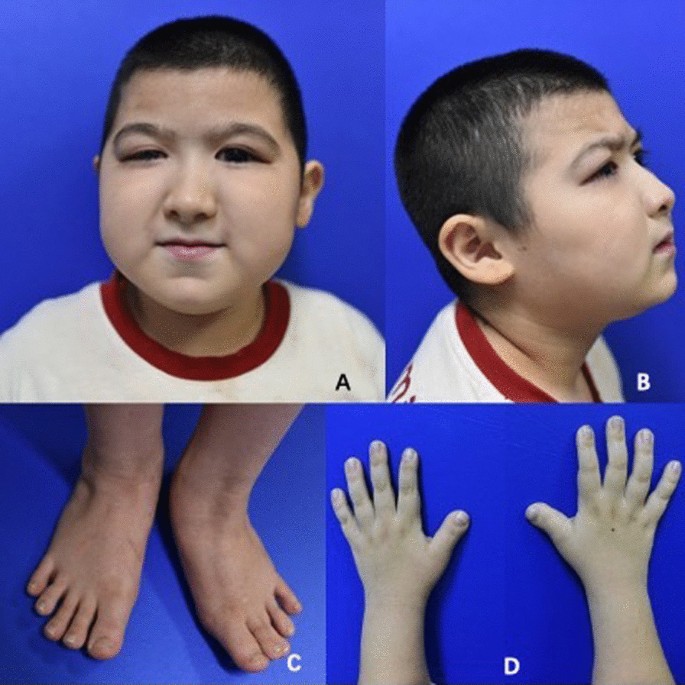 A novel CREBBP mutation and its phenotype in a case of Rubinstein–Taybi syndrome, BMC Medical Genomics03 junho 2024
A novel CREBBP mutation and its phenotype in a case of Rubinstein–Taybi syndrome, BMC Medical Genomics03 junho 2024 -
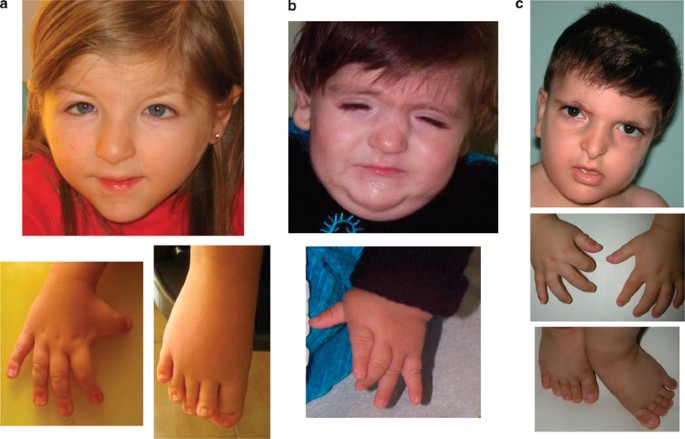 High frequency of copy number imbalances in Rubinstein–Taybi03 junho 2024
High frequency of copy number imbalances in Rubinstein–Taybi03 junho 2024
você pode gostar
-
 Super Mario Bros. - Speedrun03 junho 2024
Super Mario Bros. - Speedrun03 junho 2024 -
 $1.500.000.00 +1 Carro GRÁTIS (Dinka RT3000) GTA Online03 junho 2024
$1.500.000.00 +1 Carro GRÁTIS (Dinka RT3000) GTA Online03 junho 2024 -
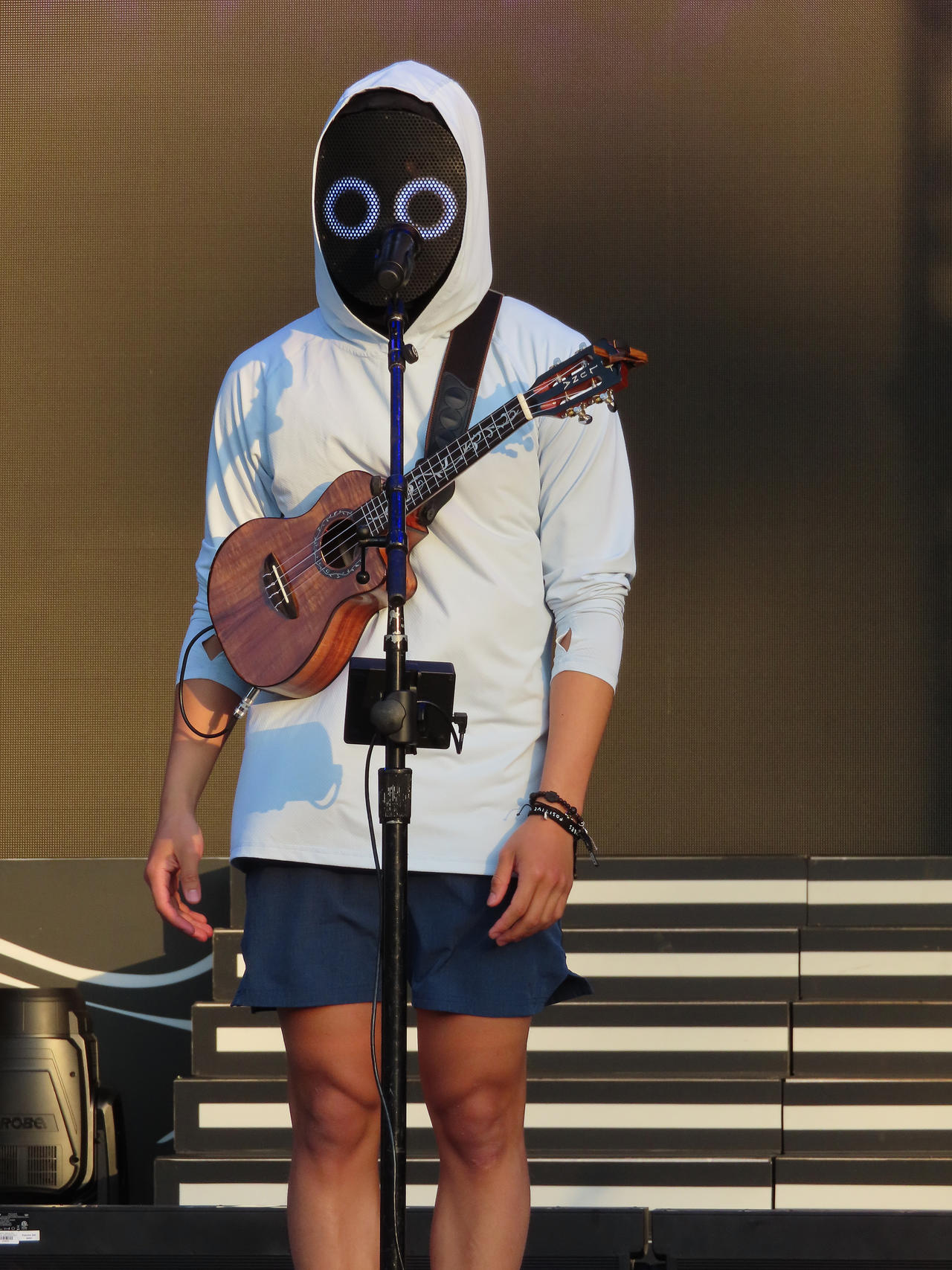 BoyWithUke 07 by Zekira on DeviantArt03 junho 2024
BoyWithUke 07 by Zekira on DeviantArt03 junho 2024 -
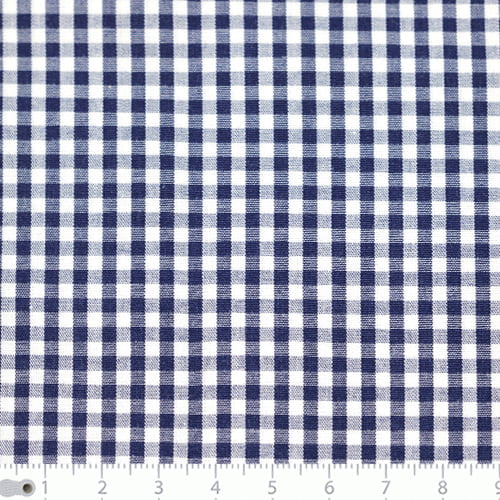 Tecido Tricoline Fio-Tinto Xadrez M Azul Marinho03 junho 2024
Tecido Tricoline Fio-Tinto Xadrez M Azul Marinho03 junho 2024 -
 Striker Bendy And Ink Machine Wiki Fandom Powered - Striker Fisher03 junho 2024
Striker Bendy And Ink Machine Wiki Fandom Powered - Striker Fisher03 junho 2024 -
Fans of Grand Theft Auto 403 junho 2024
-
 Marvel's Spider-Man: Miles Morales: Jogo ganha data de lançamento para PC - Portal Perifacon03 junho 2024
Marvel's Spider-Man: Miles Morales: Jogo ganha data de lançamento para PC - Portal Perifacon03 junho 2024 -
 Chess Ultra (Video Game 2017) - IMDb03 junho 2024
Chess Ultra (Video Game 2017) - IMDb03 junho 2024 -
 Battlefield 4 Premium Edition PC (ORIGIN) WW03 junho 2024
Battlefield 4 Premium Edition PC (ORIGIN) WW03 junho 2024 -
 NON STOP S.T.A.L.K.E.R. energy drink dedicated to the03 junho 2024
NON STOP S.T.A.L.K.E.R. energy drink dedicated to the03 junho 2024
